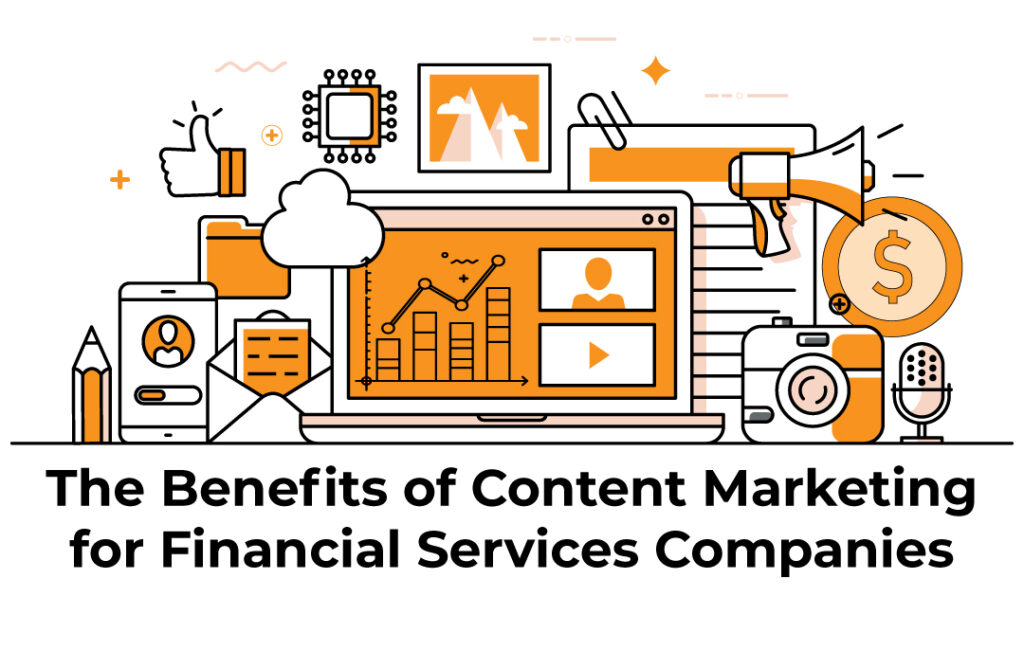SEO is a term that is tossed around quite a bit. While it is common to focus solely on keywords when optimizing your SEO, you should also incorporate other best practices to improve your ranking.
We’ve put together six quick tips to boost your SEO working with Google’s ever-changing ranking algorithm.
 1. Increase Your Page Load Speed
1. Increase Your Page Load Speed
Humans are naturally impatient and don’t want to wait for a slow website to load. The slower your page loading speed is, the lower your SEO ranking is on Google and the more likely a potential new customer is going to leave your page. The speed of your website also affects the user experience. With slow websites, these negative interactions decrease your SEO ranking. You can check your page loading speed with a tool such as Pingdom which breaks down the load time of each page on your site. You can then take the results and make changes where needed.
2. Optimize Your Images
Images are important to make your website visually appealing and engaging for visitors. However, you must keep the type and file size of the images you’re using in mind because larger files slows down your website. Be sure to use keywords when naming, adding descriptions or alt text to images in order to improve your SEO.
3. Use Header Tags to Break Up Content
Header tags not only make your website look more appealing, but they also improve user experience by allowing users to read or skim the content at ease. Users tend to spend more time on websites that separate content with header tags. To optimize the use of header tags, place keywords in the H1 and H2 tags. If you use WordPress to manage your website content, it is easy to add and change header tags.
4. Start Blogging
Blogging is a great tool for businesses. It can increase lead generation and engagement with website visitors. By creating current and relevant content, blogs can drive a significant amount of organic traffic to your website and establish an audience that reads your blog religiously. Additionally, blog posts can improve your overall SEO ranking by including elements such as inbound links, outbound links, images and keywords.
5. Make Your Website Mobile Friendly
Mobile devices are in constant use and create an abundance of organic traffic. Because of this, Google ranks websites with mobile friendly interfaces higher than websites designed mainly for computers. For example, in July Google altered its algorithm to place slow-loading mobile sites very low in the SEO ranking. Learn a little more about why Google made this change here.
6. Check Your URLs
The URL is one of the first things that search engines use to determine a website’s SEO rank. URLs allow humans and search engines to easily understand what the destination page isbe about. A page’s URL affects how the algorithm determines its relevance to a particular search. URLs should be short, relevant to the topic of the page and categorize your website’s pages.
Summary
SEO may seem like an overused buzzword, but having a good SEO ranking can greatly benefit your business. Optimizing your SEO can increase traffic to your website and most importantly increase conversion rate of website visitors to customers.
If you want to enhance your SEO, then these tips are a good starting point. Looking for more insights into the world of SEO? Contact us today!





